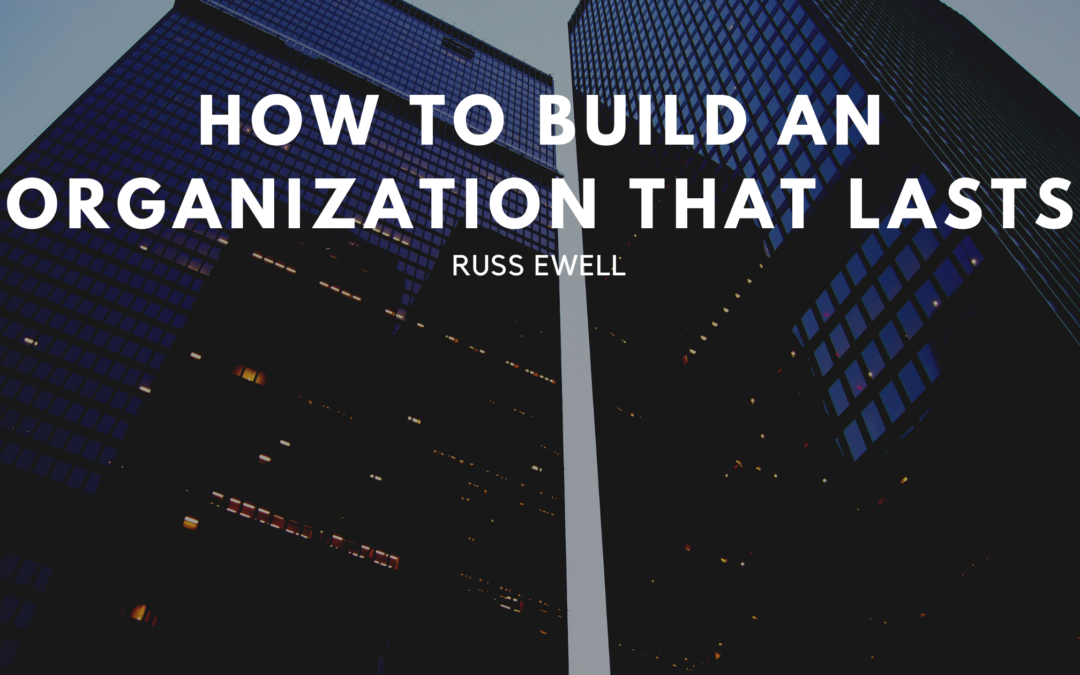The global business climate is arguably more dynamic and volatile today than it has been at any other time in history. Think of the famous quote by the American scholar and organizational consultant Warren G. Bennis:
“In life, change is inevitable. In business, change is vital.”
He also noted that some aspects of change for a business model are good while others can easily go the wrong way and spell disaster for a once-thriving enterprise.
Examples of companies today that seem endlessly nimble and able to adapt to change are Google, Amazon, Airbnb, IBM, and Ola. Others have been struggling with stagnation. Cases in point are Eastman Kodak and Nokia.
This points to the importance of developing strategies based on the long term and building companies that last. The example of Nokia and Kodak shows that one cannot depend on breakthrough products, size, or marketing excellence alone. True, quality leadership is a key element, but long-term stability accompanied by growth requires a disciplined approach based on the concepts of pleasing customers, fiscal prudence, nonstop innovation, and the engagement of talent.
Building an enduring business model is a combination of long-term strategizing that is decidedly non-linear. That is, one must navigate an ongoing process of making decisions, taking actions, and learning to pivot when it is required. Half the battle is the ability to recognize the latter – anticipating a change that is needed and then making changes that are intelligent and not reactionary.
Along the way, lasting companies find themselves arriving at certain stages or inflection points. Each organization inevitably reaches a “maturity plateau” that must be transcended when the time comes. Each of these new levels brings in novel organizational activities that build on everything that came before. Going beyond established plateaus requires skilled implementation of vital methods and then their integration into an existing organizational structure.
It’s all easier said than done. That’s because a business organization’s sense of its capabilities can easily be clouded by subjective perceptions, external influences, the influence of stakeholders, or a lack of clear-eyed information.
Of some help can be visualizing a company’s journey in five stages: Launch, management (disciplined execution), definition (methods of efficiency), scale (strategy for growth), and innovation (creating new products and processes).
